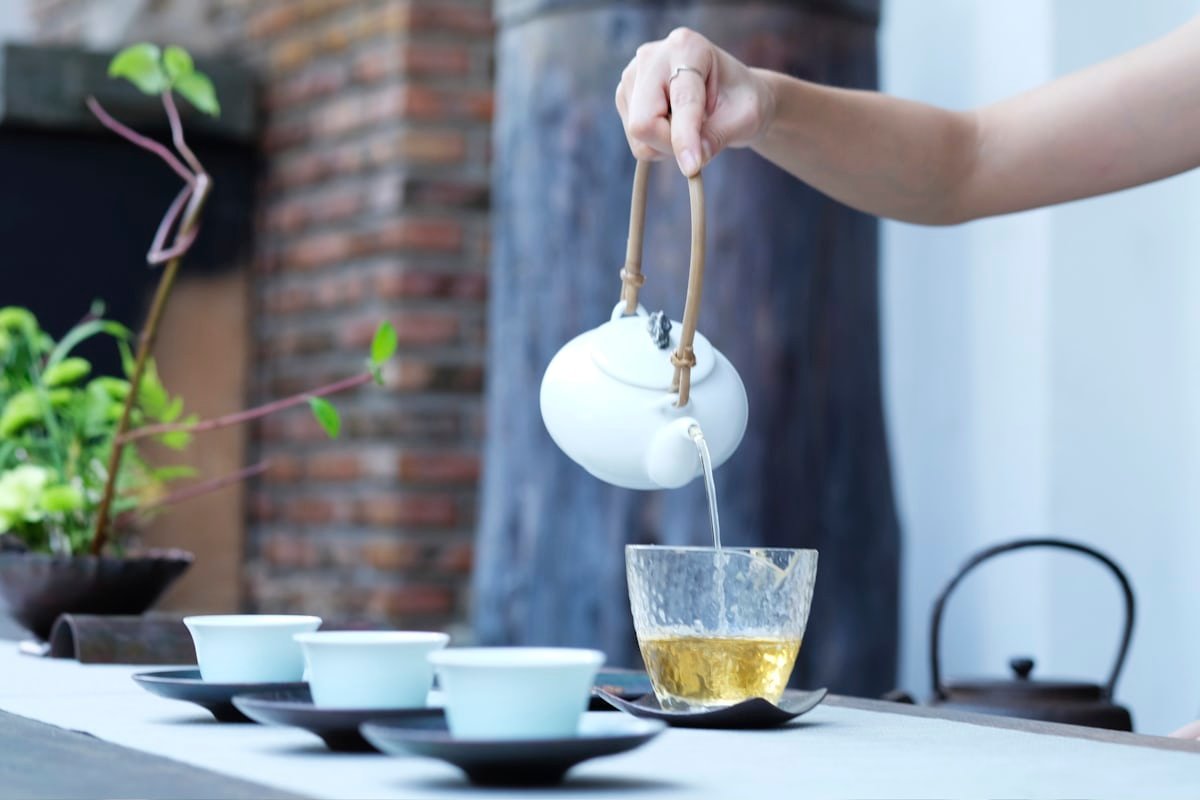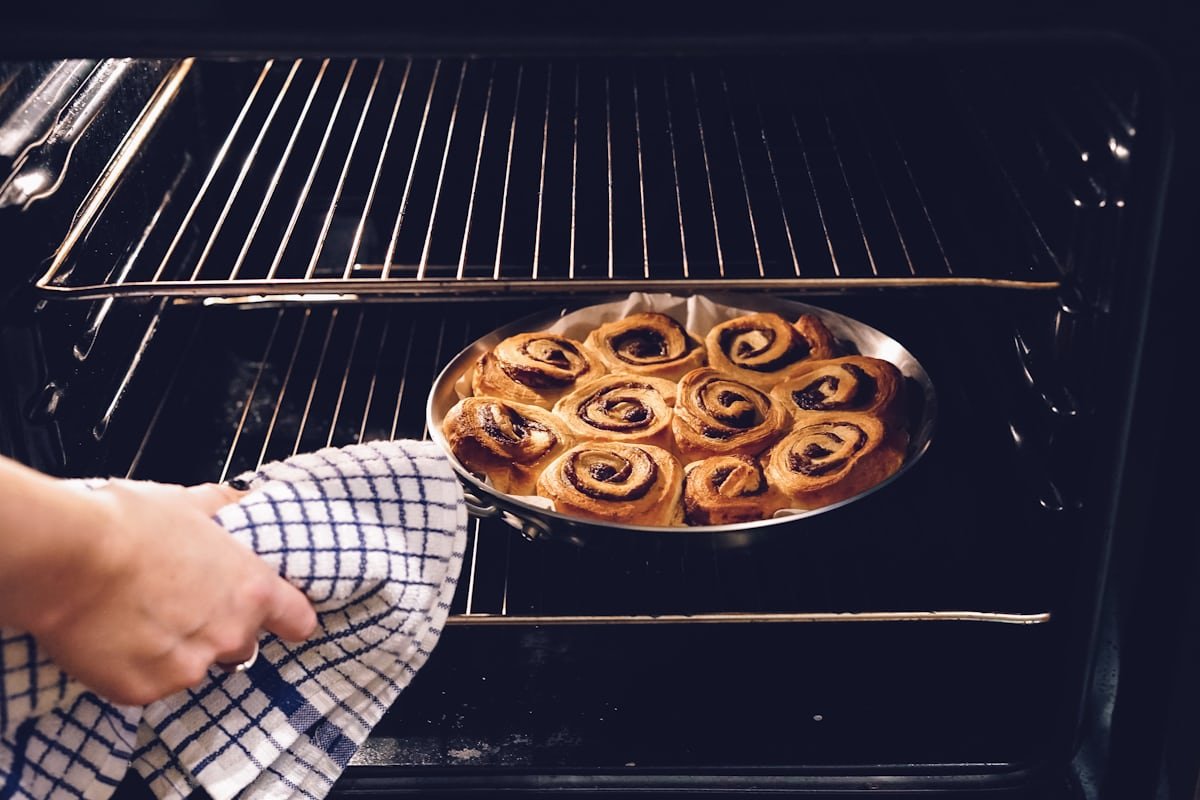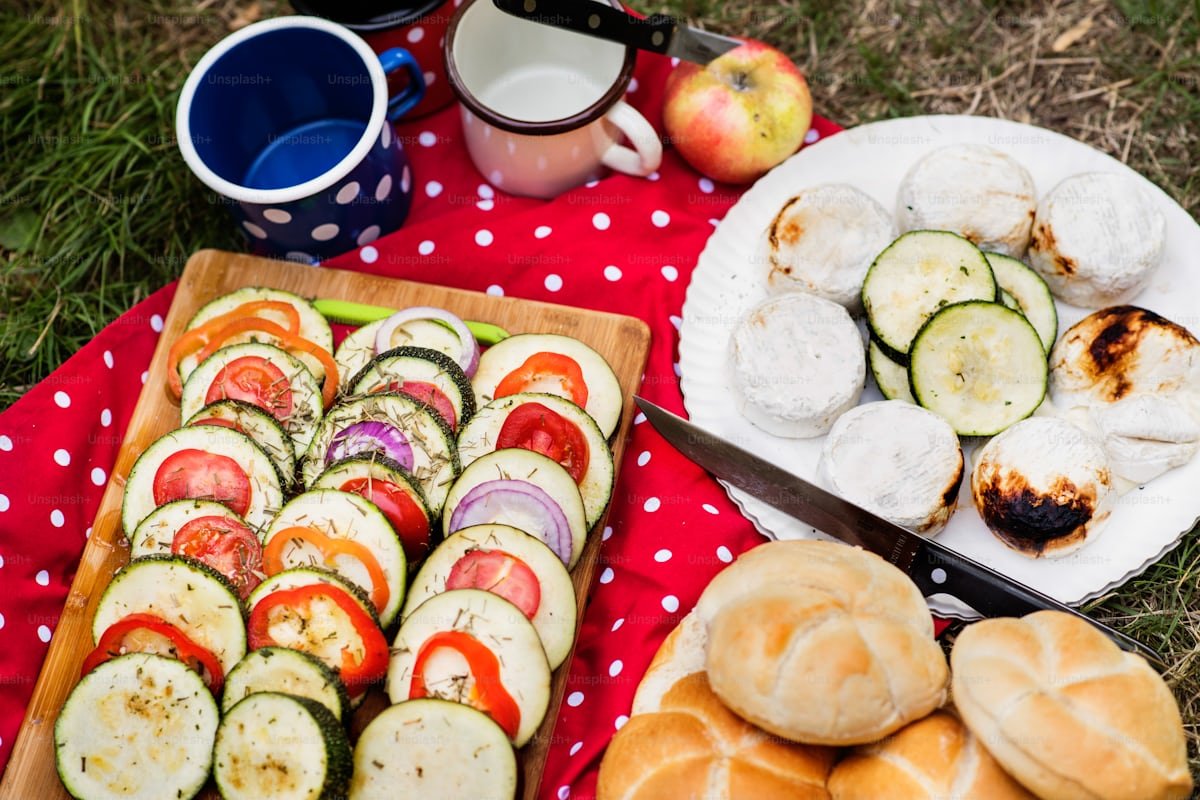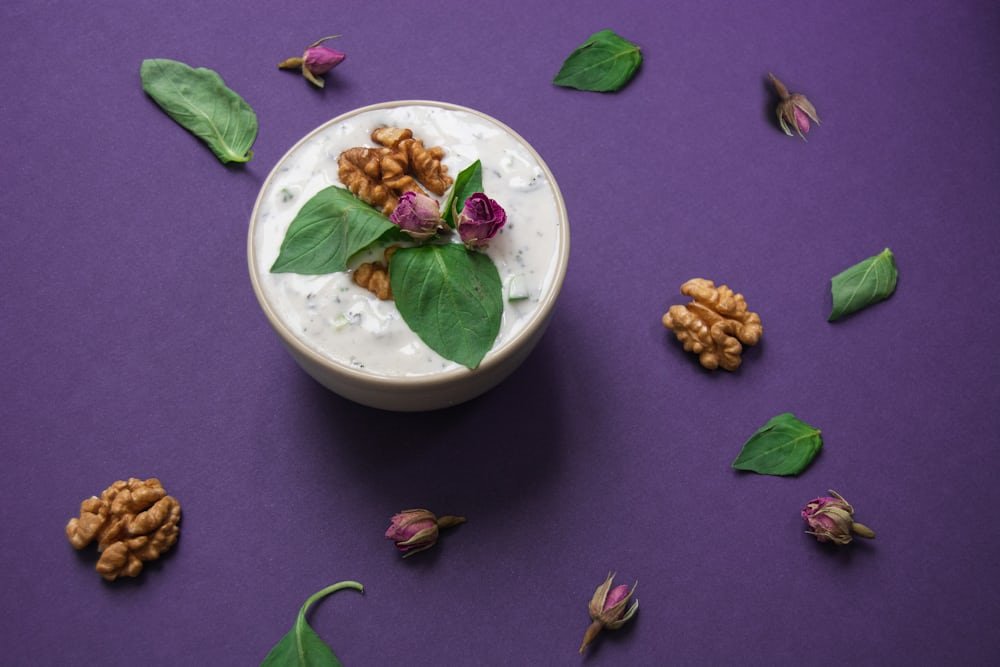Health
When is Men’s Mental Health Month? Awareness, Importance & Support

Mental health awareness has gained significant momentum in recent years. Among the various observances throughout the year, Men’s Mental Health Month plays a crucial role in addressing a subject that is often overlooked. If you’ve been wondering, “When is Men’s Mental Health Month?”, the answer is June. This month is dedicated to shedding light on the mental health struggles men face and to encouraging open conversations around mental wellness.
Why is Men’s Mental Health Month in June?
The month of June was chosen to coincide with Men’s Health Month, which focuses on both physical and mental health. During this time, awareness campaigns are launched across various platforms to highlight how societal norms often discourage men from seeking help for mental health issues. Consequently, this month serves as a call to action to break the stigma.
Furthermore, Father’s Day, which falls in June, offers an ideal opportunity to focus on the emotional well-being of fathers and male caregivers. Therefore, this symbolic timing reinforces the message that mental health is just as important as physical health.
The Importance of Raising Awareness
Mental health challenges affect everyone, but men often face unique barriers when it comes to discussing their emotions. Due to societal expectations of masculinity, many men are reluctant to express vulnerability. Unfortunately, this can result in untreated depression, anxiety, and even suicidal thoughts.
Research has shown that men are less likely than women to seek mental health support. As a result, mental health conditions among men often go unnoticed and untreated. Awareness months like June provide a platform to start vital conversations, helping men feel less alone and more empowered to seek professional help.
Mental Health Issues Commonly Faced by Men
Although anyone can experience mental health problems, some conditions are more prevalent among men. These include:
- Depression: Often undiagnosed due to masked symptoms such as irritability or anger.
- Anxiety Disorders: Manifesting through avoidance, overworking, or substance abuse.
- Substance Use Disorders: Frequently used as a coping mechanism for underlying mental health struggles.
- Post-Traumatic Stress Disorder (PTSD): Especially common among veterans or those who’ve experienced trauma.
- Suicidal Ideation: Men are statistically more likely to die by suicide, often due to untreated or poorly managed conditions.
Recognizing these conditions early can significantly improve outcomes. That’s why the month of June becomes so important for intervention and education.
Signs to Look Out For
Awareness is the first step toward change. Common signs that a man may be struggling with mental health include:
- Sudden changes in mood or behavior
- Withdrawal from family, friends, or activities
- Excessive anger, irritability, or aggression
- Substance misuse
- Difficulty concentrating or making decisions
- Sleep disturbances
- Feelings of hopelessness or worthlessness
It’s essential for loved ones to remain observant and supportive. While these symptoms may not always indicate a mental health condition, they should never be ignored.
How to Get Involved During Men’s Mental Health Month
Now that you know when is Men’s Mental Health Month, the next step is to get involved. Whether as an individual or organization, there are several ways to contribute:
1. Start Conversations
Encourage open dialogue about mental health among friends, family, and colleagues. Even casual check-ins can make a significant difference.
2. Share Resources
Distribute educational materials and promote hotlines or websites that offer mental health support specifically for men.
3. Host Events or Workshops
Arrange events focused on stress management, emotional resilience, or coping strategies. Workshops led by professionals can offer actionable guidance.
4. Leverage Social Media
Use hashtags such as #MensMentalHealthMonth or #MentalHealthAwareness to amplify the message. Posting articles, videos, or personal stories can reach a wider audience.
5. Support Local or National Campaigns
Join or donate to organizations dedicated to men’s mental health, such as Movember, HeadsUpGuys, or the National Alliance on Mental Illness (NAMI).
The Role of Employers and Institutions
Employers and institutions have a vital part to play during June and beyond. Offering employee assistance programs, mental health days, and wellness resources contributes to a supportive environment. Moreover, training managers to recognize signs of mental distress can lead to early intervention.
Educational institutions, too, can integrate mental wellness into their curriculum, ensuring that young boys grow up understanding the importance of emotional well-being.
Beyond the Month: Creating Long-Term Change
While June is a powerful reminder, supporting men’s mental health should be a year-round endeavor. Ongoing education, accessible mental health services, and breaking cultural stigmas are all crucial to lasting change.
Additionally, celebrating positive role models who advocate for mental health helps normalize the conversation. Whether it’s a celebrity opening up about their journey or a father talking to his child about feelings, these actions have a ripple effect.
Conclusion
So, when is Men’s Mental Health Month? It’s in June—a time to raise awareness, foster open discussions, and encourage men to prioritize their mental well-being. As awareness grows, so does the potential for healing and hope. Let this month be a reminder that mental health matters—for everyone, and especially for the men in our lives who may feel pressured to stay silent.

Health
How to Make an Instant Health Potion in Minecraft: Step‑by‑Step Guide (2024)

Introduction
Are you struggling to restore health instantly during tough Minecraft battles? The good news: you can brew a powerful Instant Health Potion using just a few key ingredients and a Brewing Stand. In this post, I’ll show you exactly how to make instant health potion—you’ll learn the problem (no quick healing in survival), and the solution: brewing your own potions to replenish hearts fast. Follow along for a clear, step‑by‑step guide that also covers essentials like Minecraft potion brewing, Nether wart recipe, Glistering melon, Potion of healing, and Brewing stand guide.
What You Need: Minecraft Potion Brewing Essentials
Brewing Stand Guide
Before brewing any potion, you need a Brewing Stand. Craft it with:
- 1 Blaze Rod
- 3 Cobblestones or Blackstones
Place the Blaze Rod in the top middle cell and stones in the middle row of the crafting grid.
To activate it, add Blaze Powder into the brewing interface’s fuel slot.
Base Potion: Nether Wart Recipe
Start by placing a Water Bottle at the bottom of the brewing interface. Then add a Nether Wart in the top slot to brew an Awkward Potion, the base for most effect potions.
Key Ingredient: Glistering Melon
Finally, add a Glistering Melon slice into the top slot of the brewing interface. Once brewed, this transforms the Awkward Potion into a Potion of Healing (Instant Health) that instantly restores 4 hearts.
Section Headings Derived from Google SERP
How to Make a Healing Potion (Instant Health)
Many Serp articles outline these steps:
- Craft Blaze Powder and a Brewing Stand
- Activate stand and brew Awkward Potion using Nether Wart
- Add Glistering Melon to produce Instant Health I
- Optionally, add Glowstone Dust to upgrade to Instant Health II (restores 8 hearts)
Brewing Stand Guide
Essential tips:
- Use Blaze Powder to fuel the stand
- Can brew three water bottles simultaneously
- Proper placement of ingredients is crucial for correct potion effects
Brewing Basics (From Minecraft Wiki)
Key reference from the Minecraft Wiki:
- Nether Wart is the base for Awkward Potion (required for all effect potions)
- Glowstone dust increases potency (e.g. Instant Health II), without reducing duration for instant potions
Step‑by‑Step Brewing Process
- Gather ingredients:
- Water Bottles (x1–3)
- Blaze Rod and Blaze Powder
- Nether Wart
- Glistering Melon slice
- (Optional) Glowstone Dust for Instant Health II
- Water Bottles (x1–3)
- Craft and place Brewing Stand using 1 Blaze Rod + 3 cobblestones/blackstones.
- Activate the Brewing Stand: Put Blaze Powder into the fuel slot (upper-left).
- Add Water Bottles into the bottom slots (up to three at once).
- Add Nether Wart to the top slot, wait until bottles turn into Awkward Potions.
- Add Glistering Melon slice to the top slot to brew Instant Health potions.
- (Optional): Add Glowstone Dust to upgrade to Instant Health II, which restores 8 hearts.
- Collect potion into your inventory and use to heal instantly.
What the Potion Does
A standard Potion of Healing (Instant Health I) restores 4 hearts instantly. If upgraded to Instant Health II, it restores 8 hearts immediately. These effects make it invaluable in combat, exploration, or survival mode emergencies.
Keyword Optimization and Semantic Structure
- Main Keyword: how to make instant health potion
- Supporting Keywords used throughout:
- Minecraft potion brewing
- Nether wart recipe
- Glistering melon
- Potion of healing
- Brewing stand guide
- Minecraft potion brewing
You’ll find these keywords woven naturally into headings, bullet points, and process steps to satisfy semantic SEO and improve readability for search engines.
Common Tips & Troubleshooting
- If your potion doesn’t work: ensure Nether Wart is added before Glistering Melon.
- Brewing Stand fuels last for multiple uses—use minimal Blaze Powder.
- For bulk brewing: fill all three water-bottle slots to efficiently produce batches.
Conclusion
Brewing an Instant Health Potion in Minecraft is straightforward once you know the steps: activate your Brewing Stand with Blaze Powder, brew an Awkward Potion using Nether Wart, and then add Glistering Melon to achieve a Potion of Healing. Want stronger healing? Just add Glowstone Dust to make Instant Health II. With this guide, you now have the complete brewing stand guide, Nether wart recipe, and Glistering melon method at your fingertips. Save this guide, craft your potions, and stay healthy in your Minecraft world!

Health
Training to Conduct Research on Religion, Spirituality and Health: A Commentary

Introduction
Many ask: does the Journal of Religion & Health conduct studies into spiritual coping, meaning, and mental health outcomes? Here’s the problem: without understanding how religious coping (both positive and negative) functions, interventions may unintentionally worsen hopelessness. The solution: Wnuk’s 2024 study shows that religious coping affects hopelessness indirectly through meaning in life and affectivity—thus offering targeted pathways for effective religion‑based health interventions to enhance spiritual well‑being.
Does Journal of Religion & Health Conduct Studies?
Yes. Established in 1961 and published bi‑monthly by Springer, the Journal of Religion & Health regularly publishes both quantitative and qualitative research in spirituality, religion, and health, bridging theories from psychology, sociology, and medicine.
Religious/Spiritual Well‑Being
A growing body of research links religious/spiritual well‑being (SWB) with enhanced mental health, resilience, and life satisfaction. For example, a global sample of care leavers across 11 countries found spirituality strongly improved life satisfaction, mental health, and resilience—even after controlling for adversity. A recent qualitative study also emphasizes how SWB is deeply personal, shaped by beliefs, values, identity, and meaning‑making processes.
Spiritual Coping Mechanisms
Psychologists distinguish between positive religious coping (seeking divine support and meaning) and negative religious coping (spiritual struggle, blame, guilt). Positive coping tends to foster acceptance, optimism, purpose, whereas negative coping often correlates with anxiety, burden, and negative mood.
Mechanisms Underlying Religious Coping and Hopelessness
Wnuk’s 2024 study—“The Mechanisms Underlying Religious Coping and Hopelessness”—with Polish students, found both positive and negative religious coping affect hopelessness indirectly via meaning in life and affectivity. Negative coping increased negative affect and undermined meaning, raising hopelessness. Positive coping supported meaning and positive affect, reducing hopelessness. Notably, positive affect alone didn’t directly relate to hopelessness—meaning in life was the critical pathway.
Religion and Mental Health Outcomes
Systematic reviews confirm that religiosity/spirituality is associated with better psychological outcomes: less depression, anxiety, hopelessness, and more hope, optimism, and inner peace. In clinical settings and post‑trauma contexts—even after natural disasters like earthquakes—spiritual coping has been shown to reduce symptoms of post‑traumatic stress, anxiety, and depression while improving resilience.
Quantitative and Qualitative Health Research
The Journal of Religion & Health publishes both kinds of studies: psychometric tools such as RCOPE measure coping styles and their effects quantitatively, while qualitative interviews explore lived experiences of spiritual well‑being (e.g. clergy narratives). Broader research also includes mixed‑methods work that connects coping styles to outcomes across diverse populations.
Religion‑Based Health Interventions
Evidence shows that interventions integrating religion and meaning‑making can support mental health. Spiritual or psychospiritual meditations reduce anxiety and pain in clinical contexts; community programs that embed faith principles help foster healthy behaviors and hopefulness. Integration of religious values into health promotion, particularly within Muslim‑minority communities, increases engagement and improves outcomes when tailored appropriately.
Conclusion
In conclusion, yes—the Journal of Religion & Health does conduct rigorous studies into religious/spiritual well‑being, spiritual coping mechanisms, and religion-based health interventions, employing both quantitative and qualitative research methodologies. The 2024 study by Wnuk sheds light on the mechanisms by which religious coping influences hopelessness—chiefly through meaning in life and affectivity. Empirically, religion and spirituality positively correlate with mental health outcomes, especially when interventions enhance positive coping, meaning-making, and emotional regulation. This underscores the value of religion‑based health interventions that focus on meaning and adaptive spiritual coping to mitigate hopelessness, bolster resilience, and support holistic well‑being.

Health
Do You Have to Boil Manicotti Before Stuffing? A Complete Guide

Introduction
Many home cooks struggle with do you have to boil manicotti before stuffing—the question looms: is boiling necessary, or does it simply lead to limp, hard‑to‑fill shells? The problem: pre‑boiling can make shells fragile, messy, and time‑consuming. The solution: plenty of trusted sources now endorse a no‑boil manicotti method—stuff uncooked tubes and bake them in ample sauce, yielding perfectly tender shells without boiling first (the sauce “cooks” the pasta directly). This guide will walk you through both approaches and why the no‑boil method is increasingly preferred.
Should I cook the manicotti shells before stuffing?
Several authoritative cooking experts emphatically advise against pre‑boiling manicotti shells:
- One writer even says, “Never, never, never precook your manicotti noodles ahead of time” because limp noodles are difficult to stuff.
- A cooking blog declared “Do NOT ever boil the pasta before stuffing. Why would you do that? Do you know how hard it is to stuff limp pasta?.
Can I make manicotti without boiling the noodles first?” (No‑boil method)
Yes—multiple recipe sources confirm that stuffing dry manicotti and baking it in a saucy environment works beautifully:
- One post states, “You can make excellent manicotti without boiling a single noodle… surround it with enough sauce so they get nice and tender all on their own in the oven”.
- Reddit users affirm: “I never boil the noodles first. Just cover with sauce and cook at 375 °F for 45–60 min”—and no issues with undercooked noodles.
How long should you boil manicotti shells if you choose to pre‑cook?
Some sources offer a compromise:
- One blog suggests boiling for just 5 minutes, regardless of box instructions, then rinsing under cold water—claiming they’ll finish cooking in the oven.
Oven-ready manicotti: The no‑boil baked pasta recipe
This approach—also called oven‑ready manicotti—uses uncooked pasta, filled, nestled into sauce, and baked until tender:
- As described in several “no‑boil manicotti” recipes, you layer sauce, pipe filling into dry noodles, cover with more sauce, foil, bake about 40–50 min, then uncover to brown the cheese.
- Many home cooks praise this method for its ease and consistency.
Stuffed pasta shells vs manicotti: What’s the difference?
- Stuffed pasta shells (the large shell version) often are boiled first—but similarly, many advocates recommend skipping boiling for baked stuffed shells too, to avoid limp shells.
- Manicotti and cannelloni are very similar—both are tubular pasta meant to be stuffed and baked—but manicotti shells tend to have ridges and be sturdier.
Manicotti preparation step‑by‑step
No‑Boil Approach (Recommended)
- Preheat oven (e.g. 375–400 °F).
- Spread a generous layer of marinara or tomato sauce (mixed with water if needed) on the bottom of your baking dish.
- Mix ricotta (± spinach or herbs), egg, cheeses, and seasonings.
- Pipe filling into uncooked manicotti tubes using a zip‑top bag or piping bag.
- Arrange filled tubes in a single layer in sauce. Cover with additional sauce (or sauce + water).
- Cover tightly with foil and bake 40–50 min. Remove foil, top with extra cheese, bake another 5–10 min until bubbly and golden.
- Let rest briefly before serving.
Partial‑Boil Alternative (if you prefer cooking first)
- Boil shells for only about 5 minutes, then rinse under cold water and drain. This leaves them slightly firm and easier to handle. Proceed as above with sauce and bake covered for 25–30 min, then uncovered for 5–10 min.
Why the No‑Boil Method Works
- Filling dry shells is easier than stuffing soft, pre‑cooked noodles—less breakage and neater results.
- The sauce provides all the moisture the noodles need to cook through during baking—especially if you add a cup of water to the sauce (common tip).
- It saves time and one pot, and the result is reliably al dente and less messy .
SEO‑focused keyword usage
- Main keyword: do you have to boil manicotti before stuffing
- Related keywords naturally integrated: No‑boil manicotti, Stuffed pasta shells, Oven‑ready manicotti, Baked pasta recipe, Manicotti preparation
Conclusion
In short: No, you don’t have to boil manicotti before stuffing. The majority of trusted recipes and cooking authorities endorse stuffing uncooked shells and baking them in a generous sauce—what we call the no‑boil or oven‑ready manicotti method. It avoids floppy, fragile noodles, cuts down prep time, and reliably produces tender, well‑cooked pasta. If you do prefer boiling, limit it to only about five minutes, then rinse and gently dry the shells before stuffing. Either way, ample sauce is the key to ensure perfect hydration in the oven. For effortless, fool‑proof manicotti, the no‑boil method is your best bet.

-

 Blog3 weeks ago
Blog3 weeks agoHow to Start a Health Blog: A Step-by-Step Guide for Beginners
-

 Health1 week ago
Health1 week agoMega-Personal.net Health Archives: Ultimate Guide to Wellness
-

 Health4 weeks ago
Health4 weeks agoHealthy camping recipe ideas: Nutritious food for great out
-

 Business3 weeks ago
Business3 weeks agoHow to Start a Home Health Business: A Complete 2025 Guide
-

 Health1 month ago
Health1 month agoHealthy Camping Recipes: Nutritious, Delicious Meals for the Outdoors
-

 Health2 weeks ago
Health2 weeks agoHow to make a manicotti: a step-by-step guide for a classic Italian dish
-

 Health1 month ago
Health1 month agoIs Chobani Yogurt Healthy? A Nutritionist’s Honest Take
-

 Food3 weeks ago
Food3 weeks agoWhat Foods Are Good for Vaginal Health?
